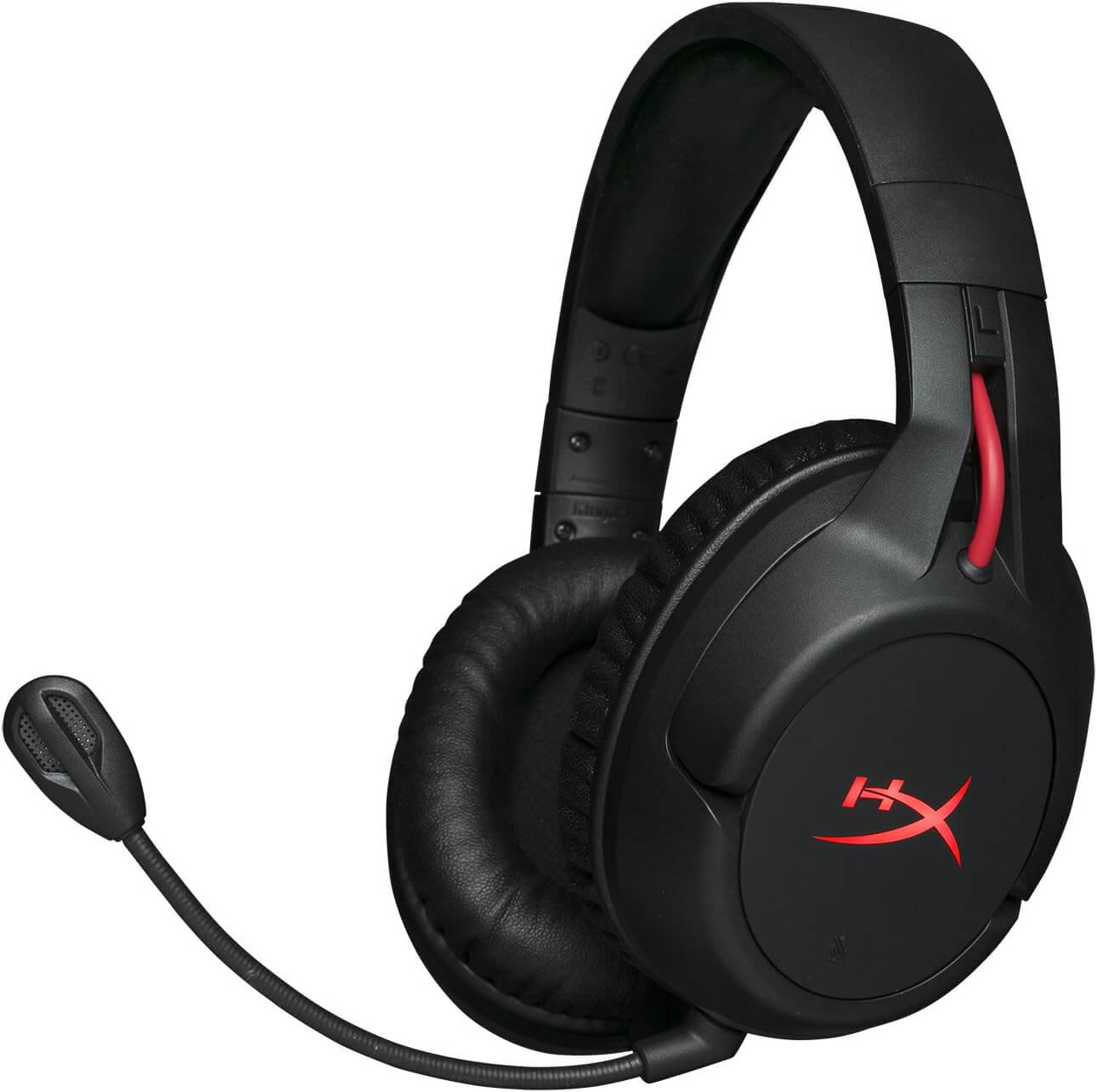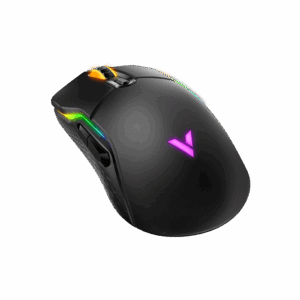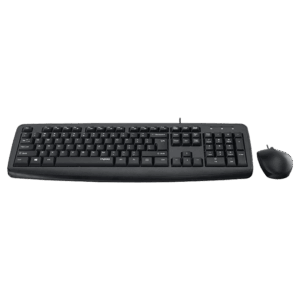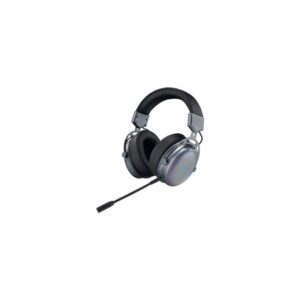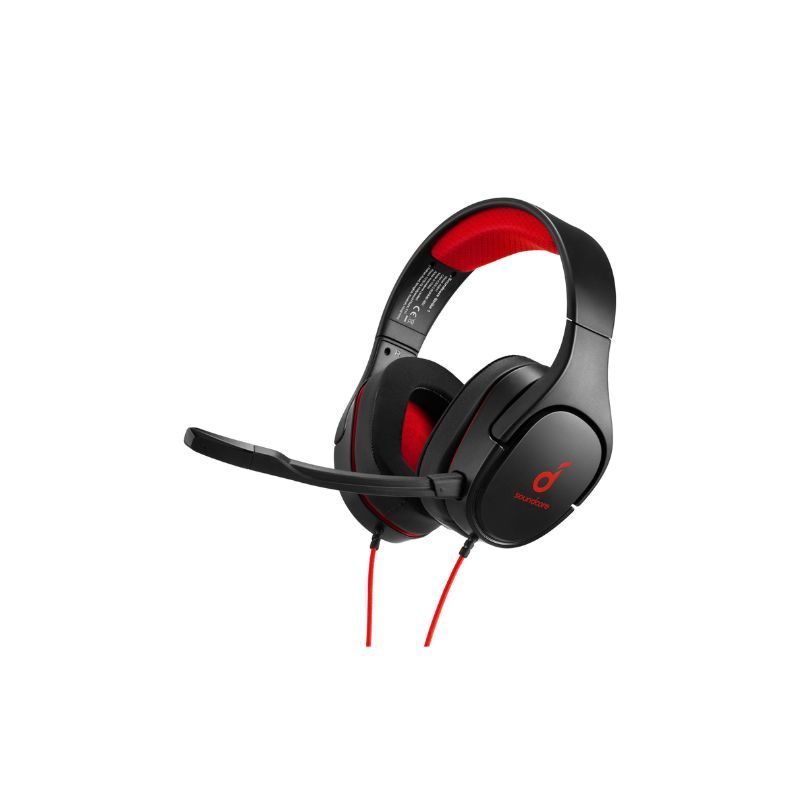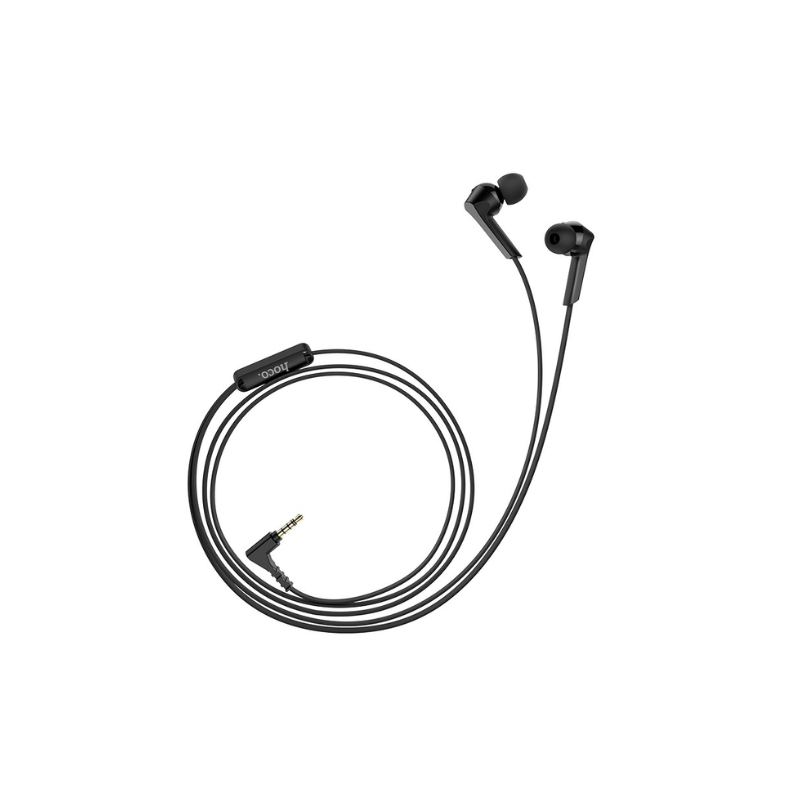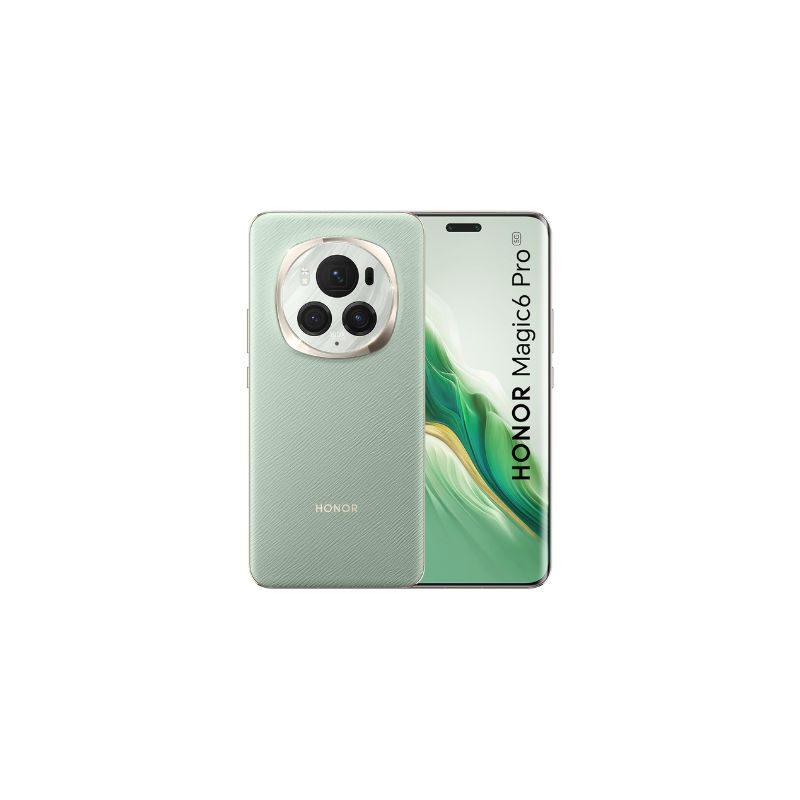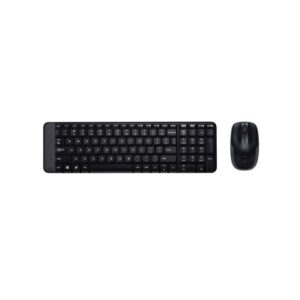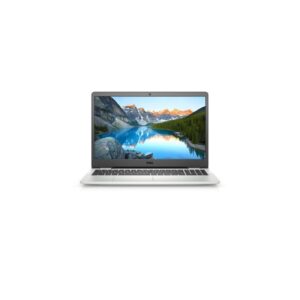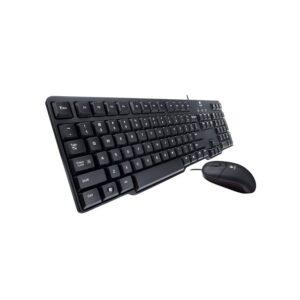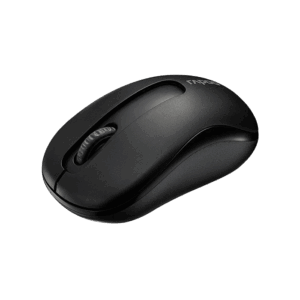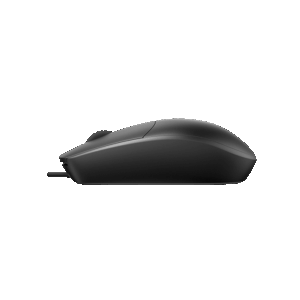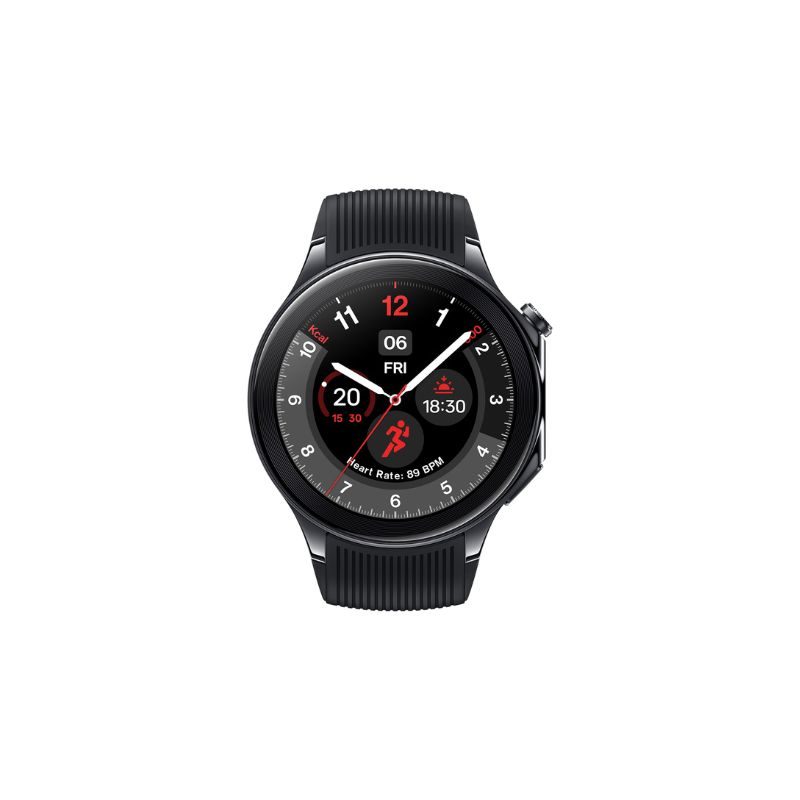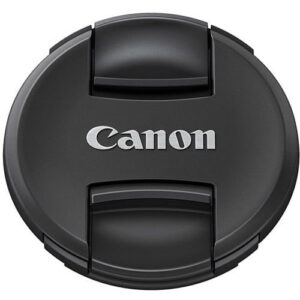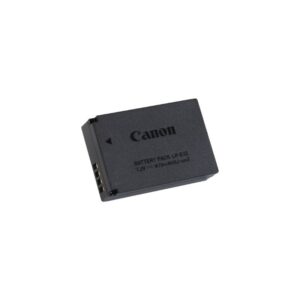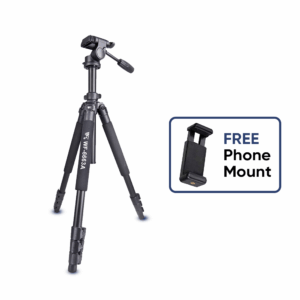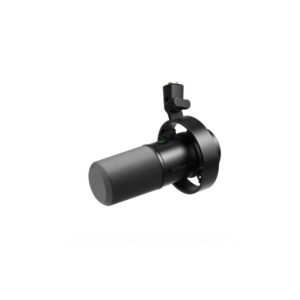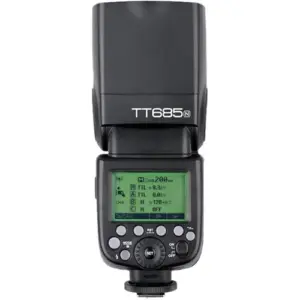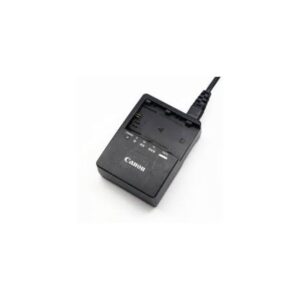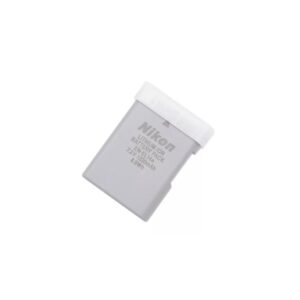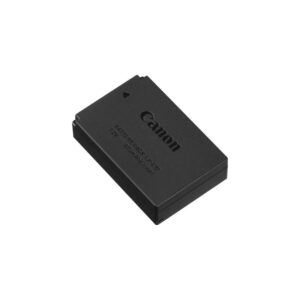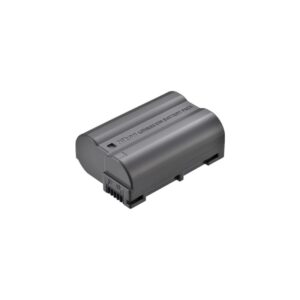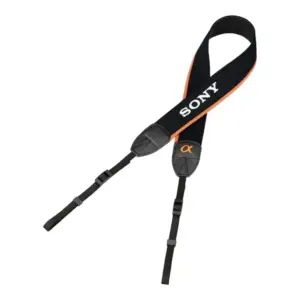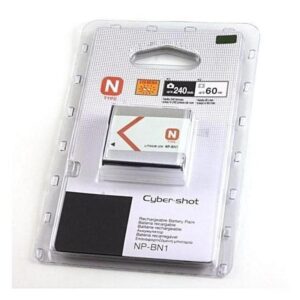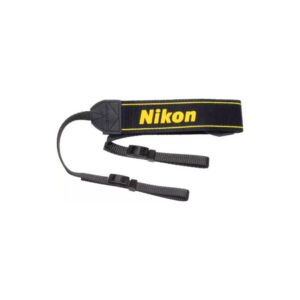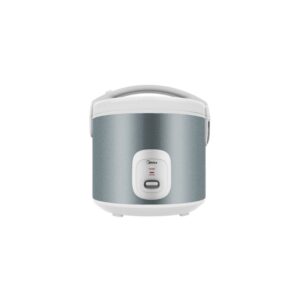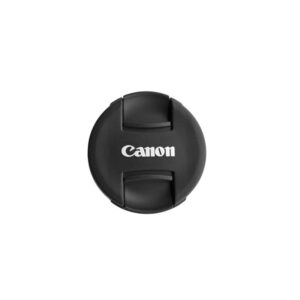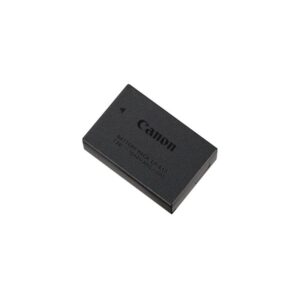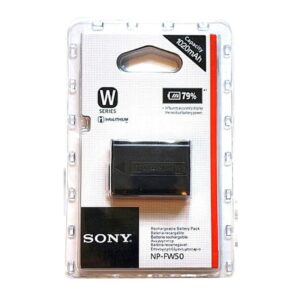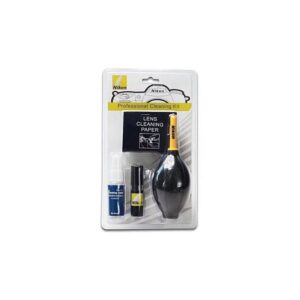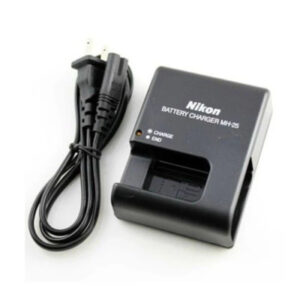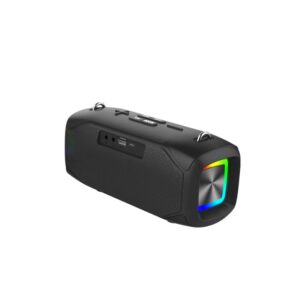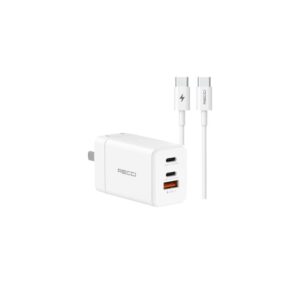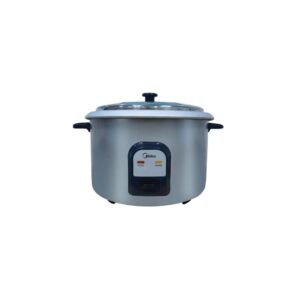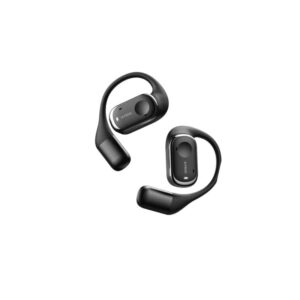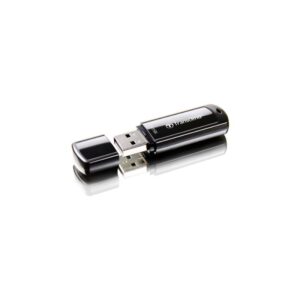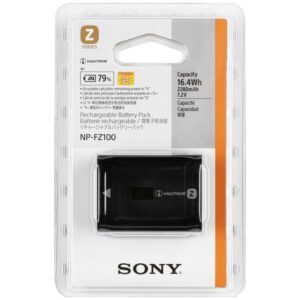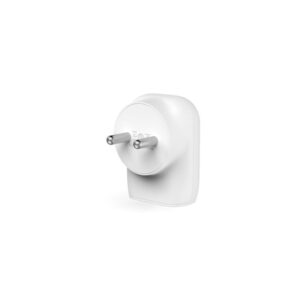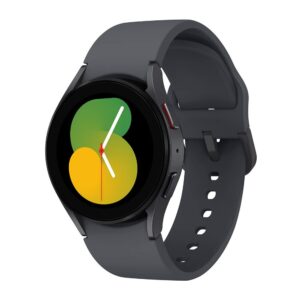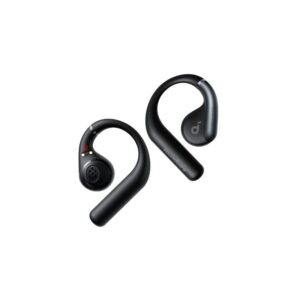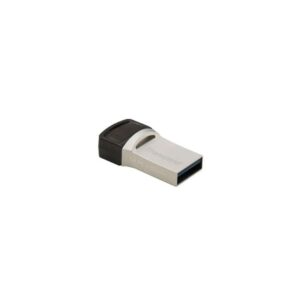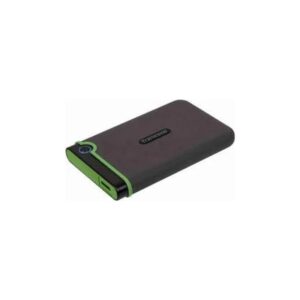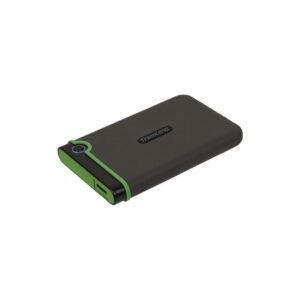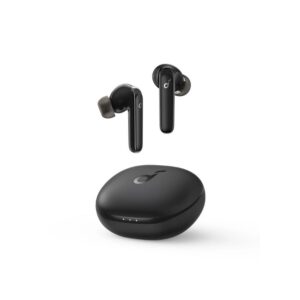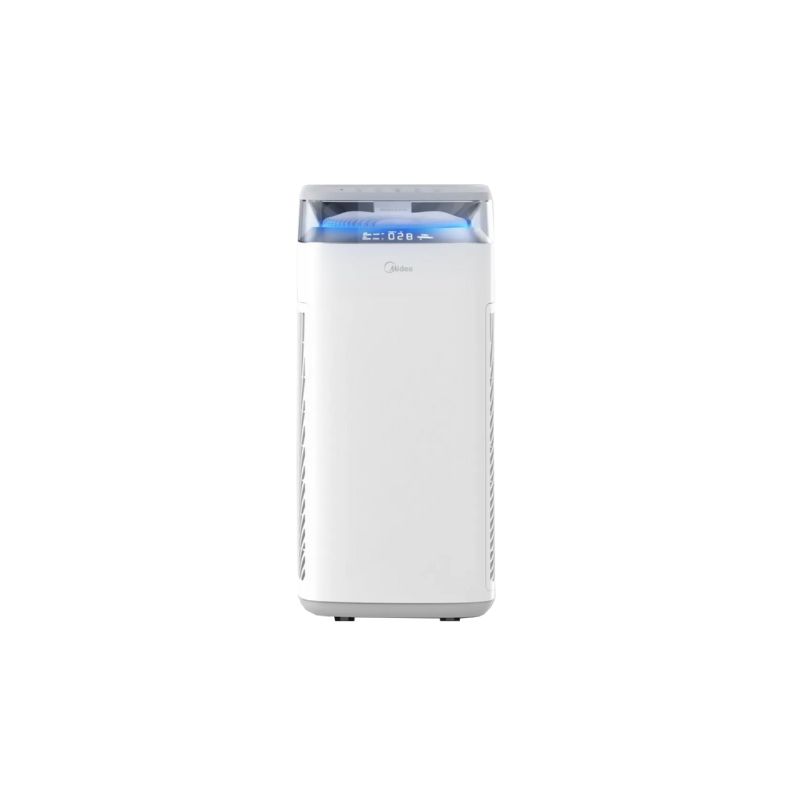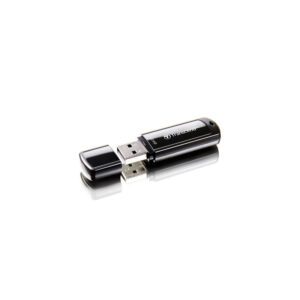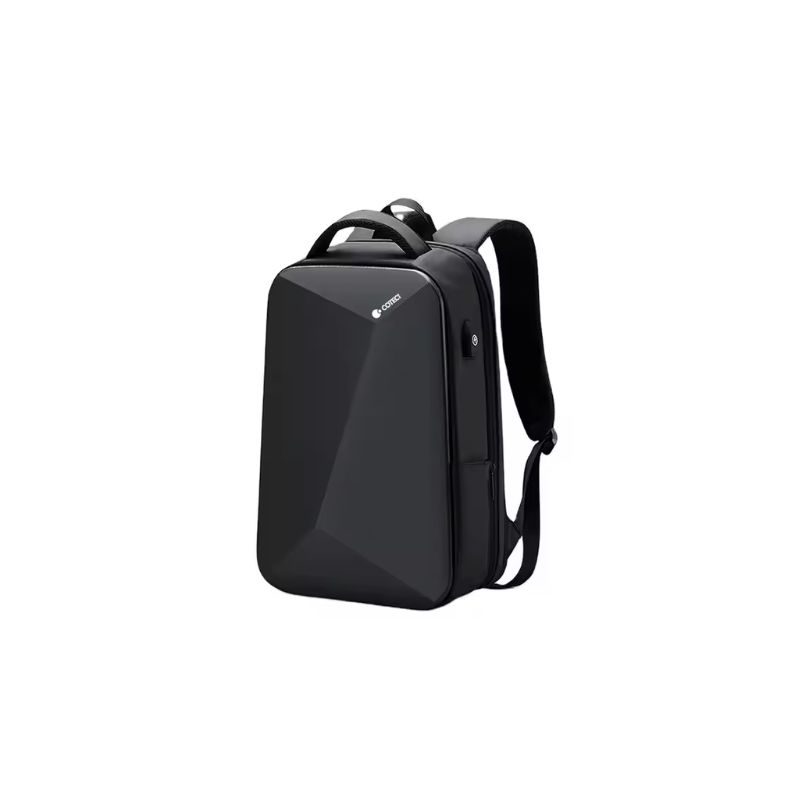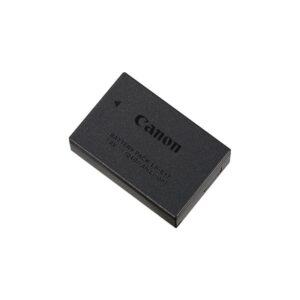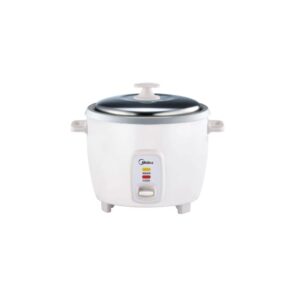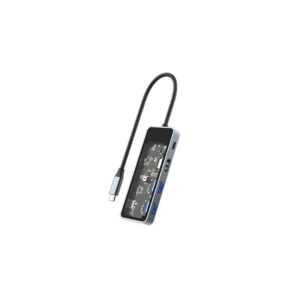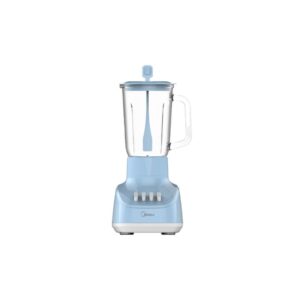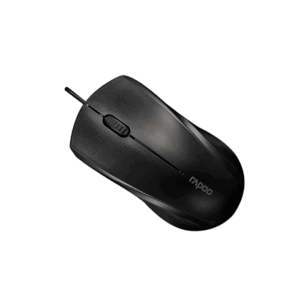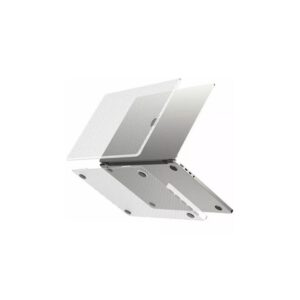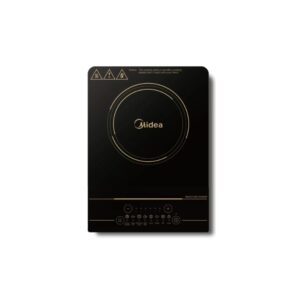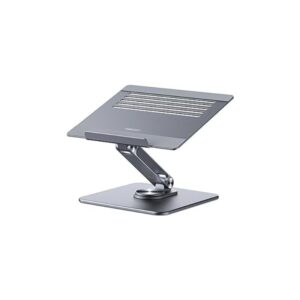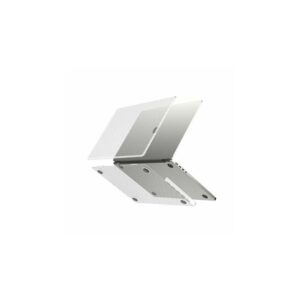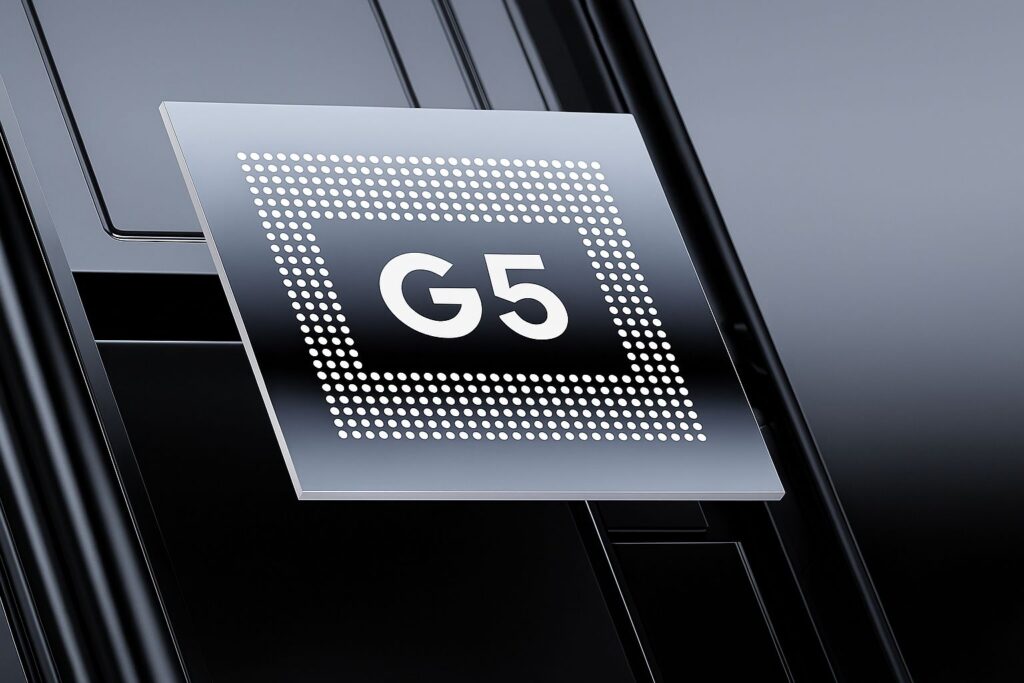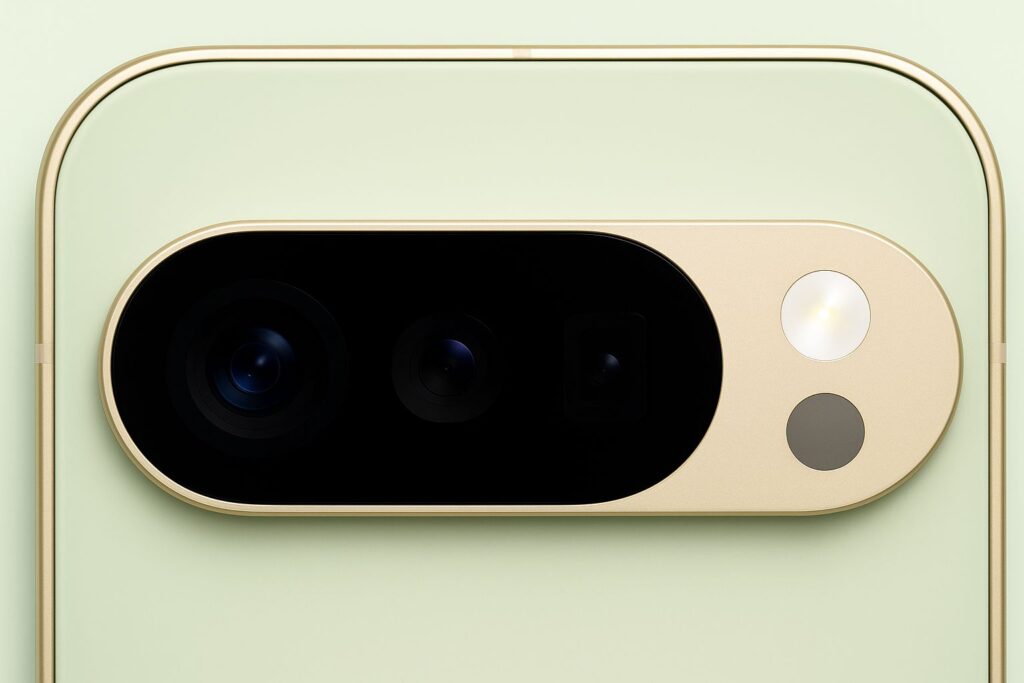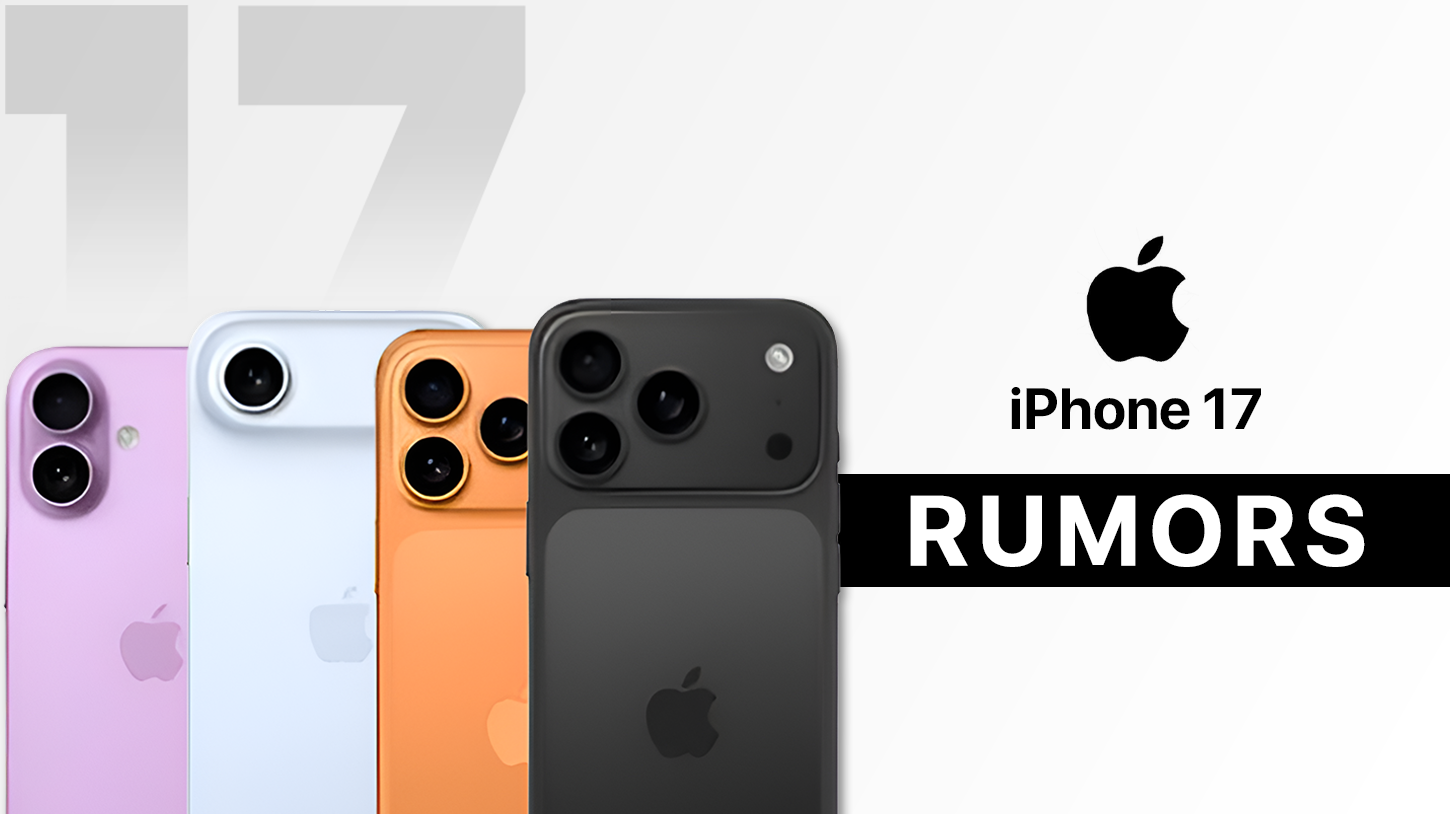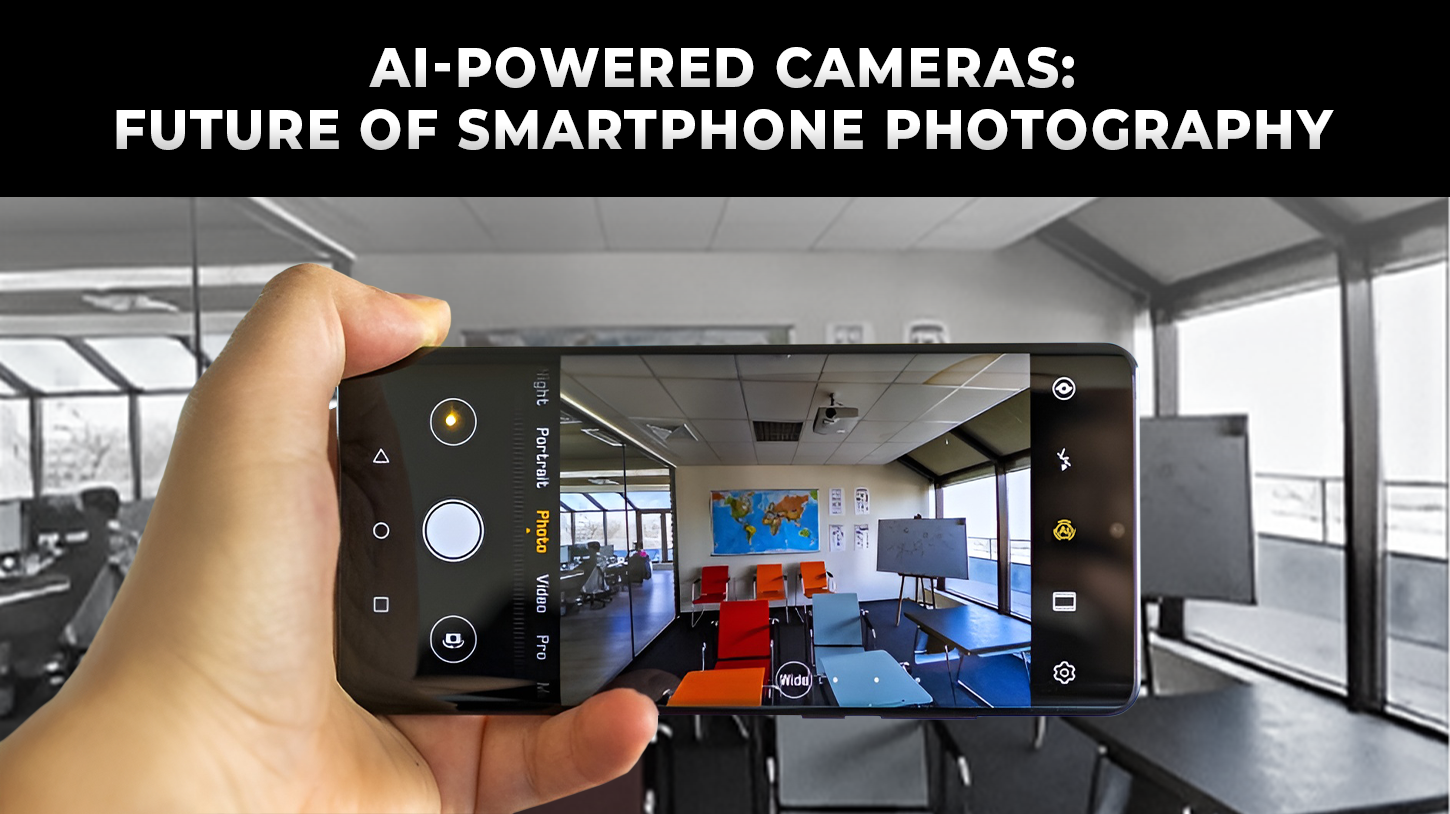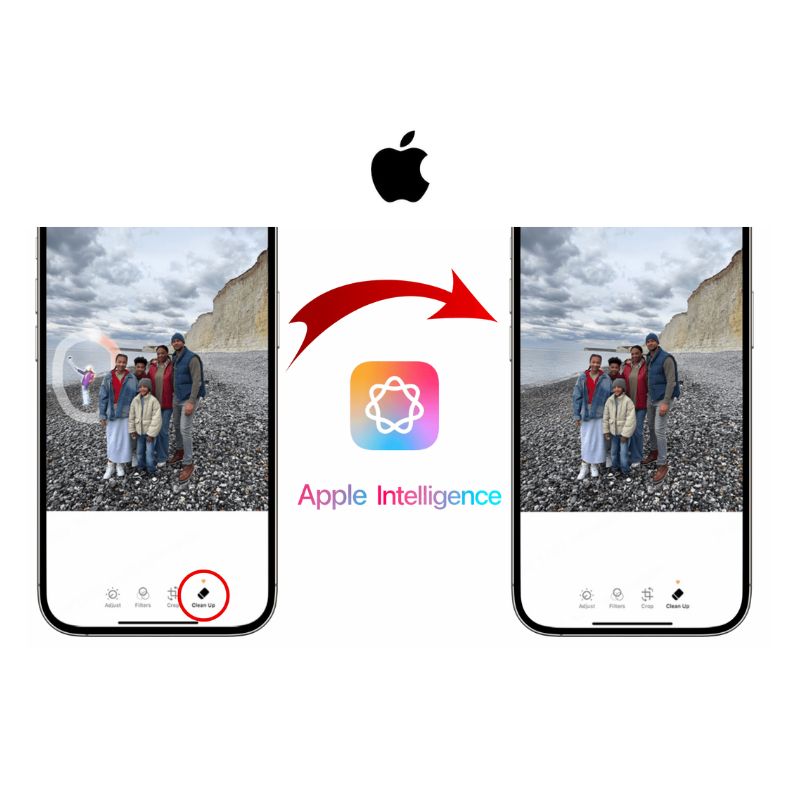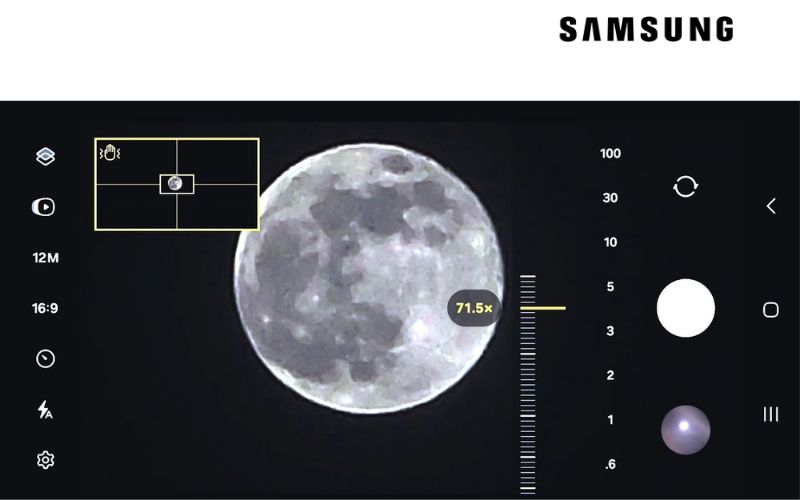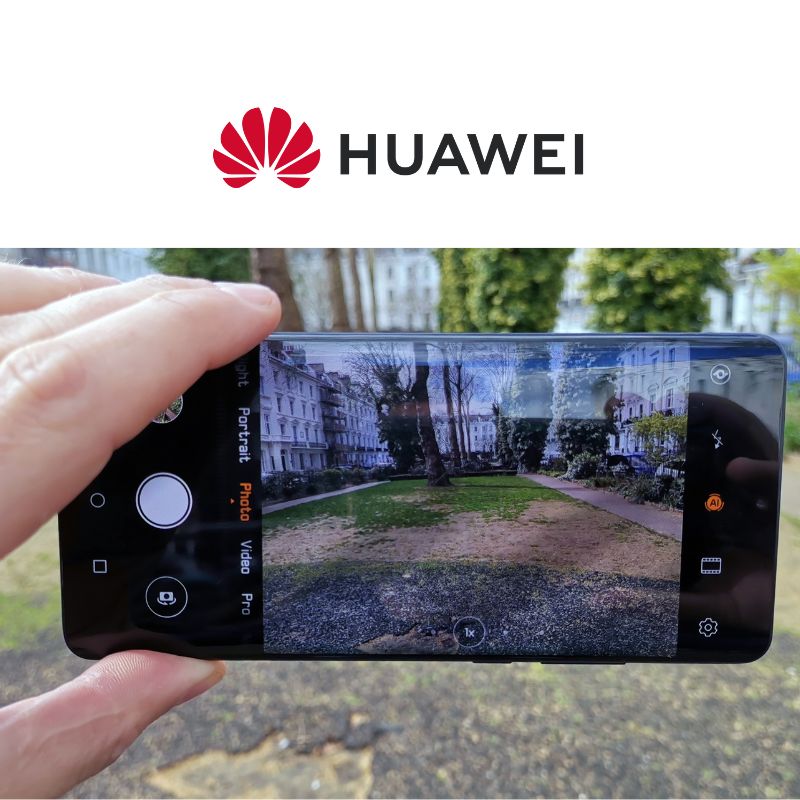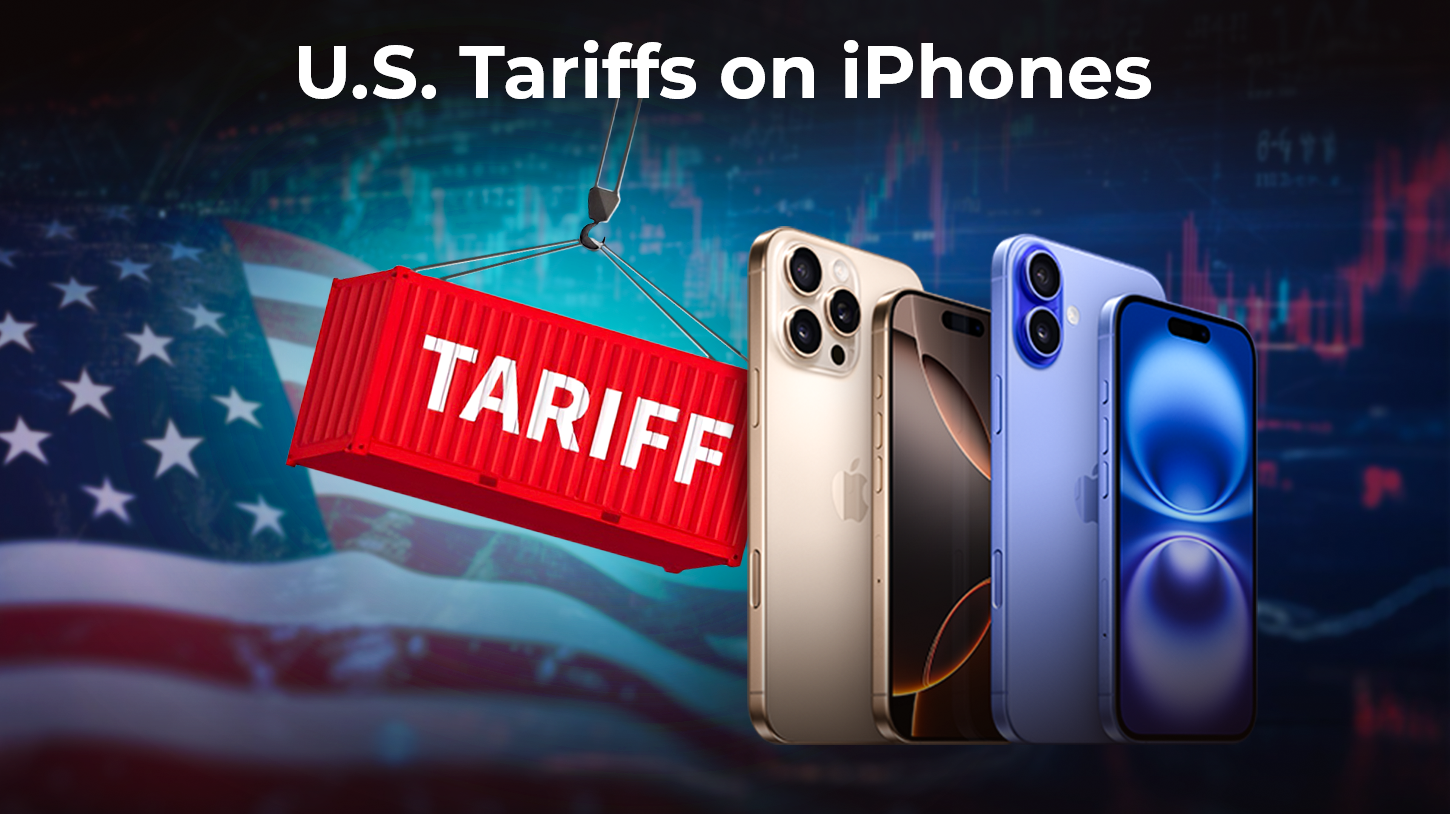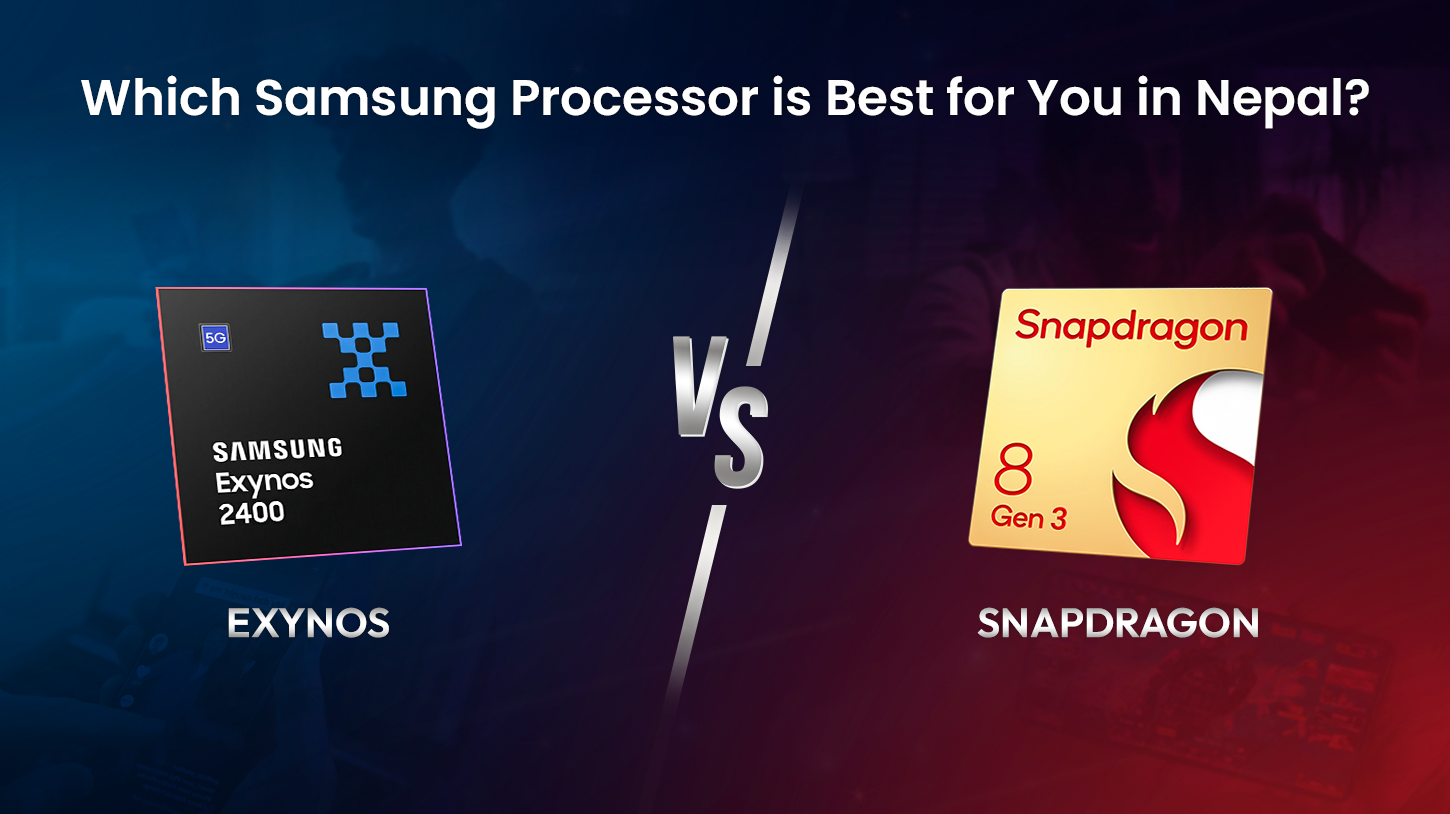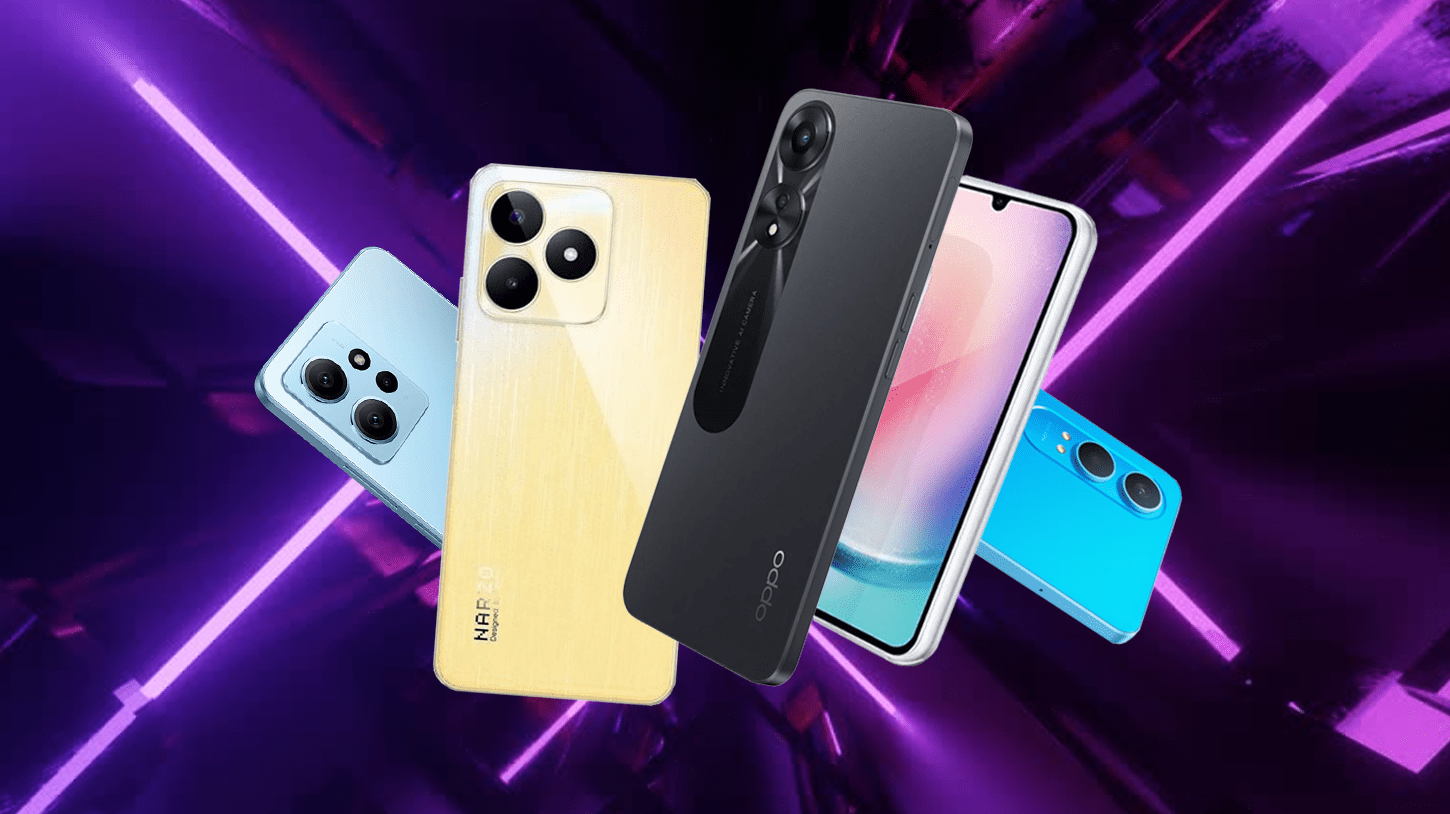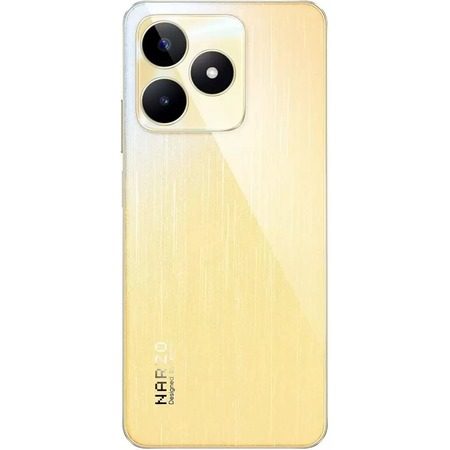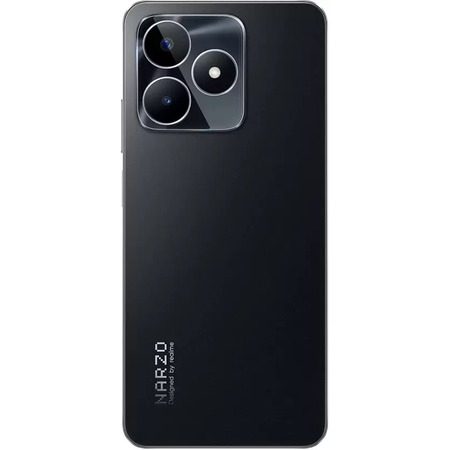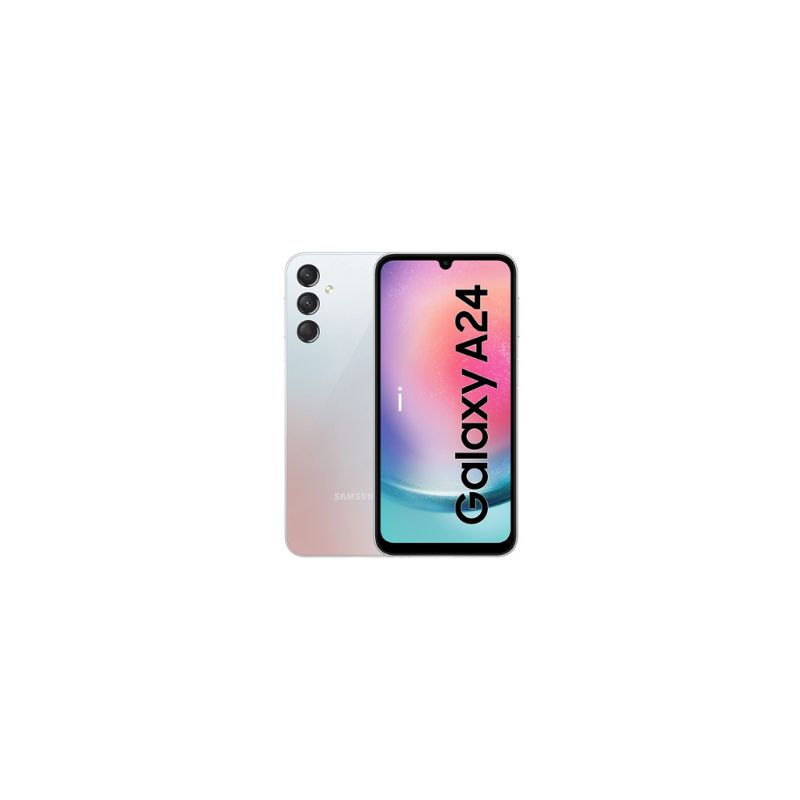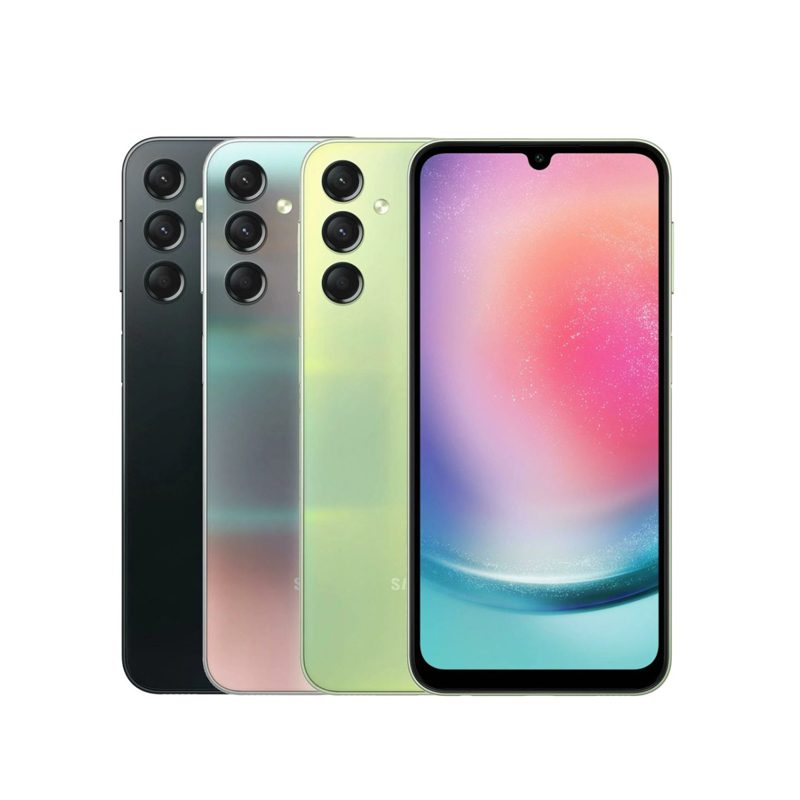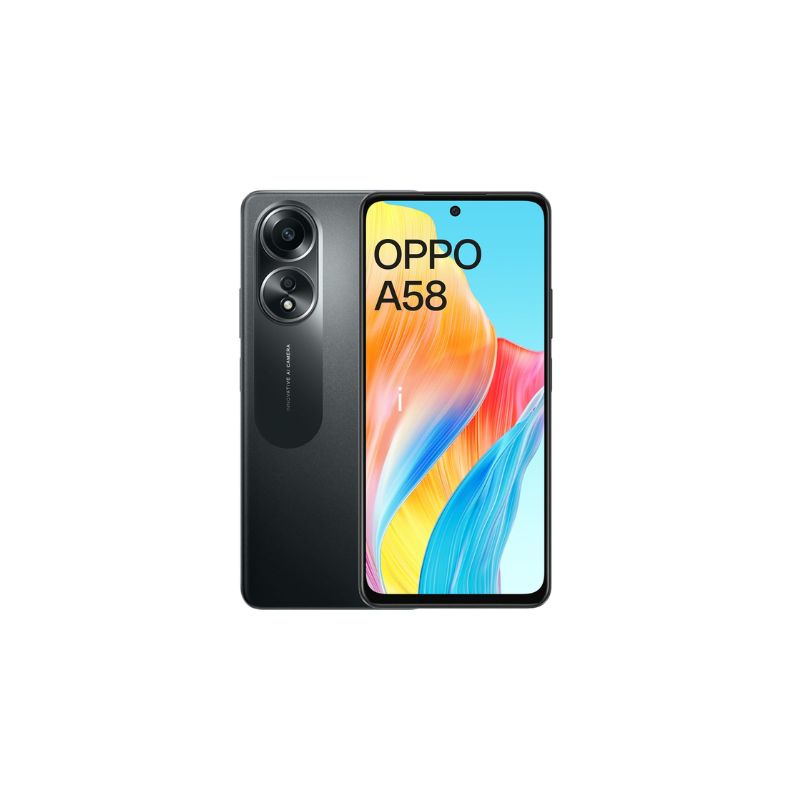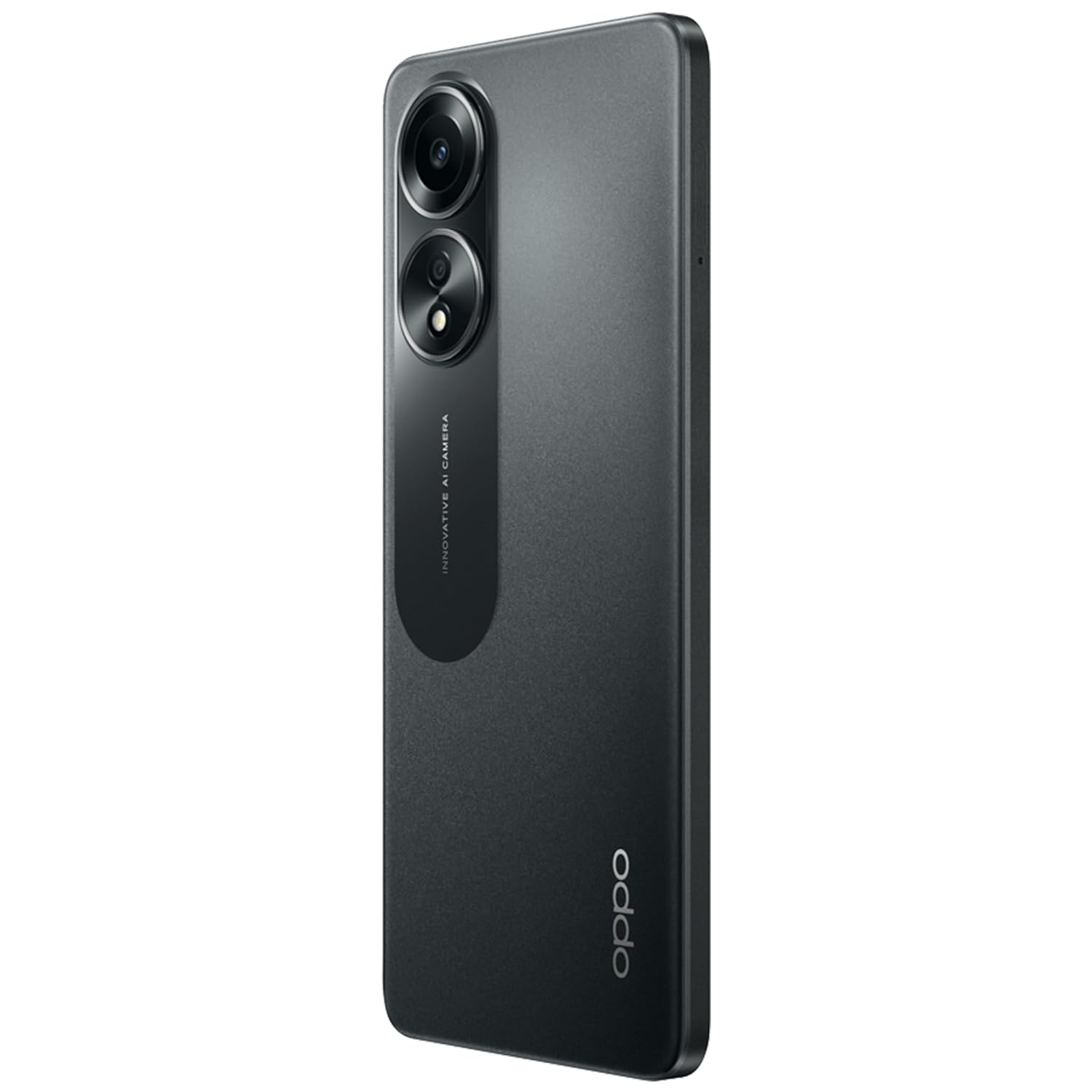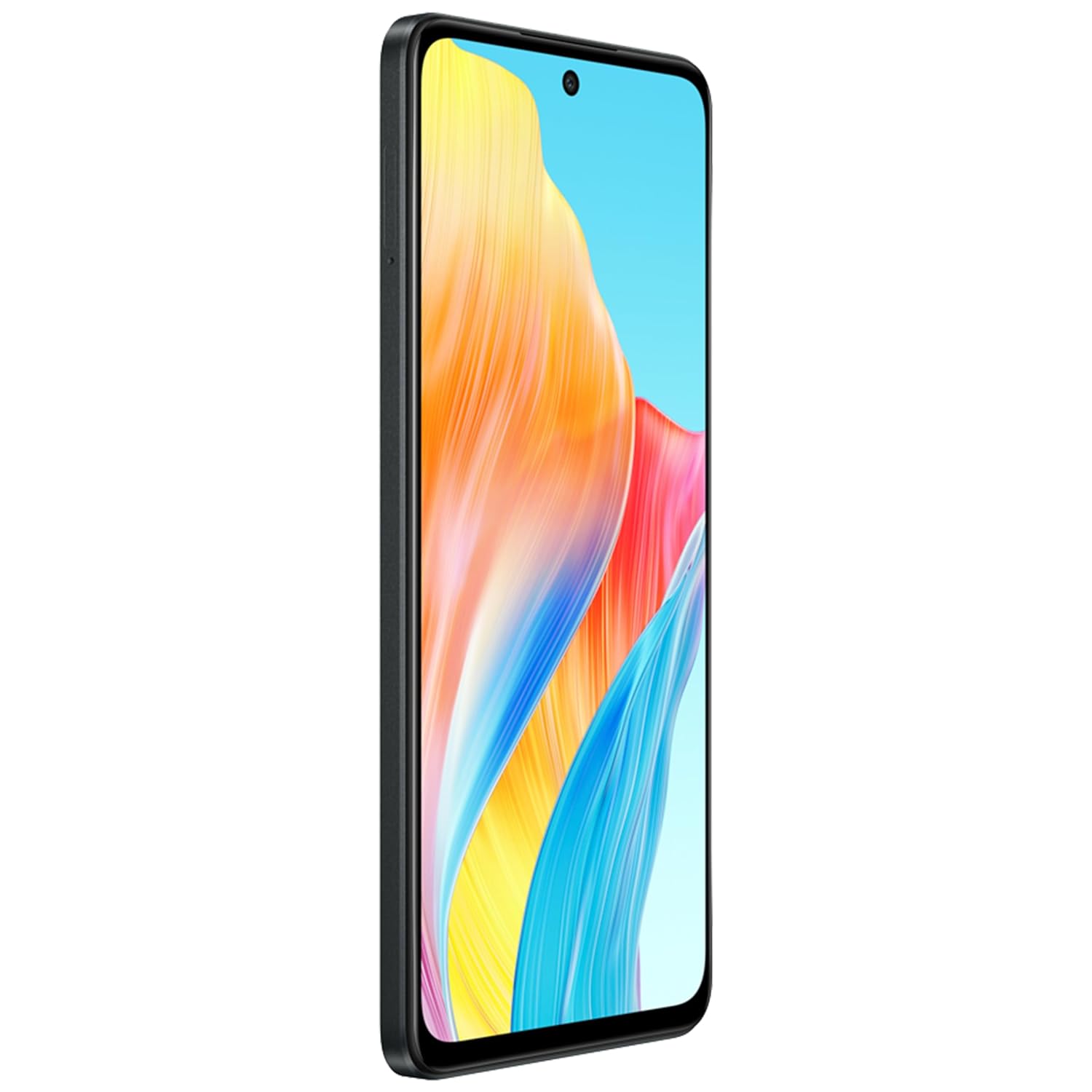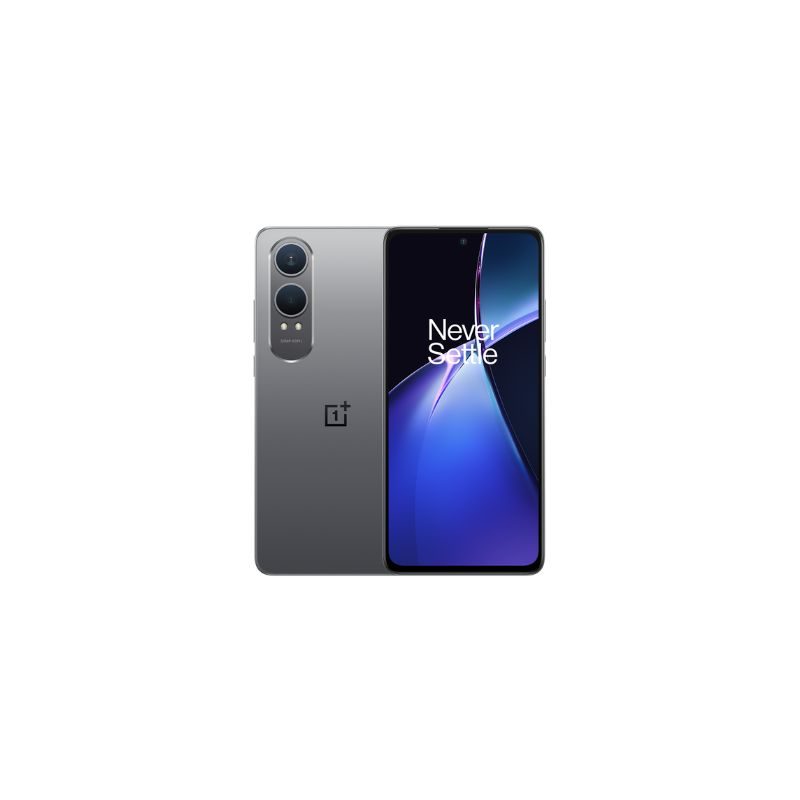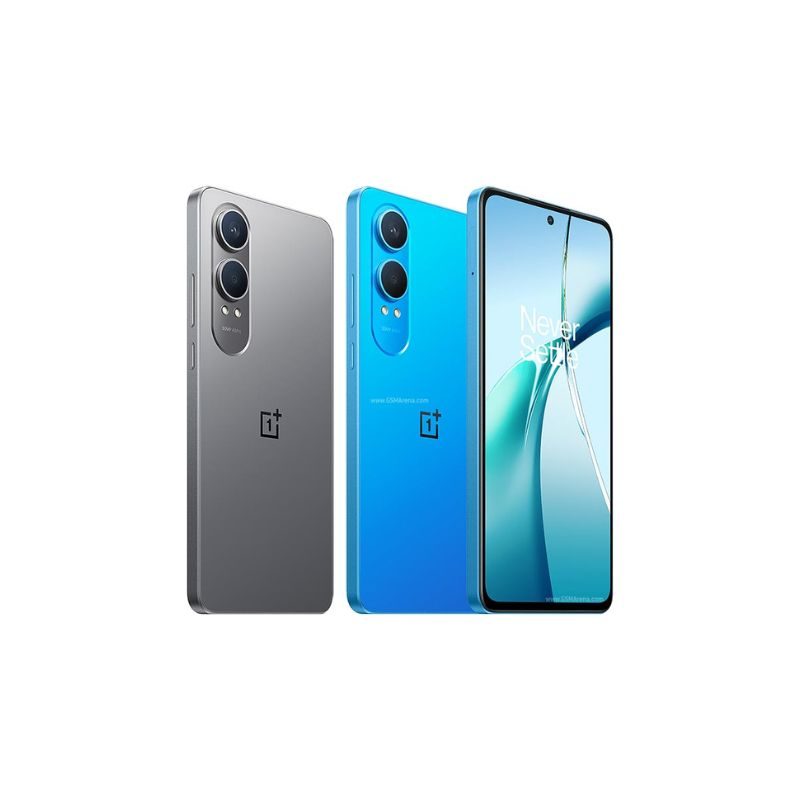-

-

Rapoo VT200 RGB Wired/Wireless Gaming Mouse | Dual Mode | Rechargeable Battery ₨ 5,499.00
₨ 5,499.00Remove -

-

-

-

-

-

-

-

-

-

-

Rapoo VH800 RGB | Bluetooth Gaming Headset - RGB (Dual Mode - USB + Bluetooth) Headphone ₨ 8,549.00
₨ 17,098.00Remove -

-

-

-

-

-

-

Dell Inspiron 15 3501 | i5 1135G7 | 4GB | 1TB | NVIDIA MX330 2GB GDDR5 | FHD ₨ 88,900.00
₨ 88,900.00Remove -

-

-

-

-

-

Dell Inspiron 16 5635 - Ryzen 7 7730U | 16GB | 512SSD | Radeon Graphics | FHD ₨ 130,900.00
₨ 130,900.00Remove -

-

-

-

-

-

-

-

-

-

-

-

-

-

-

-

-

-

-

-

-

-

-

-

-

-

-

-

-

-

-

-

-

-

-

-

-

-

-

-

-

-

-

-

-

-

-

-

-

-

-

-

-

-

-

-

-

-

-

-

-

-

-

-

Apple Launches the iPhone 17 Series: A Fresh Era of Innovation
Apple just did it again – another September event, another jaw-dropping iPhone lineup. But this year feels different. The iPhone 17 series isn’t just about upgrades – it’s Apple rewriting what we expect from a smartphone.
If you’ve ever felt your phone is either too bulky, not powerful enough, or just… uninspiring, Apple clearly heard you.
Meet the Family: iPhone 17, iPhone 17 Pro, and the New iPhone Air
Apple unveiled four models this year:
- iPhone 17 – the stylish everyday powerhouse.
- iPhone 17 Pro & Pro Max – built for creators, gamers, and anyone who needs raw performance.
- iPhone Air – Apple’s bold new star. Think feather-light, ridiculously thin, yet still packing serious muscle.
The introduction of the Air feels like Apple saying: yes, you can have elegance without compromise.
Design That Feels Personal
The first thing you’ll notice? The look and feel.
- The Pro models bring a sleek new unibody aluminum frame with advanced cooling, so your phone looks good and runs smooth – even during heavy use.
- The iPhone Air is shockingly thin, just 5.6mm. Holding it is almost surreal – like a slice of the future in your hand. And yes, it’s tough too, thanks to titanium and ceramic shield glass.
It’s the kind of design that makes you want to put down your old phone immediately.
Cameras That Tell Your Story
Phones aren’t just for calls – they’re our diaries, our cameras, our storytellers. Apple leaned into this truth big time.
- The iPhone 17 packs dual 48MP cameras, perfect for travelers, foodies, and everyday snaps.
- The Pro models? A triple-camera system with up to 8× optical zoom. Imagine shooting a concert from the back row and still getting crisp, emotional shots.
- The new selfie camera uses Center Stage to keep you perfectly framed during video calls and even lets you record from both the front and rear cameras at once.
It feels less like a phone camera and more like a creative partner.
Performance That Keeps Up With Real Life
Inside, Apple’s A19 chips (and the Pro’s A19 Pro) make these iPhones scary fast. We’re talking laptop-level power in your pocket. Whether you’re editing 4K videos, gaming, or just juggling dozens of apps, the iPhone 17 series keeps up without breaking a sweat.
And let’s not forget the new N1 wireless chip – bringing Wi-Fi 7, Bluetooth 6, and faster 5G. Translation? Faster downloads, smoother streaming, and a future-ready phone.
Oh, and yes – the battery is designed to last all day. No more 3 PM panic looking for a charger.
Availability and Price
- Pre-orders start September 12
- In stores September 19
- Pricing:
- iPhone 17 – $799
- iPhone Air – $999
- iPhone 17 Pro – $1,099
- iPhone 17 Pro Max – $1,199
- iPhone 17 – $799
Why This Launch Feels Special
Apple launches new iPhones every year, but the iPhone 17 series feels more personal.
- The Air is perfect for those who crave a lighter lifestyle.
- The Pro speaks to creatives who push boundaries.
- The standard 17 balances everyday needs beautifully.
It’s not just about specs – it’s about giving people devices that fit their lives.
👉 Final thought: If your phone has felt like just another gadget, the iPhone 17 series might just feel like your next daily companion.
So – are you team Air, team Pro, or sticking with the classic iPhone 17?
Feel free to get in contact with us.
You can also read our other Blogs Here!
You can also connect with us on: Facebook, Instagram, YouTube, LinkedIn and Tiktok!
